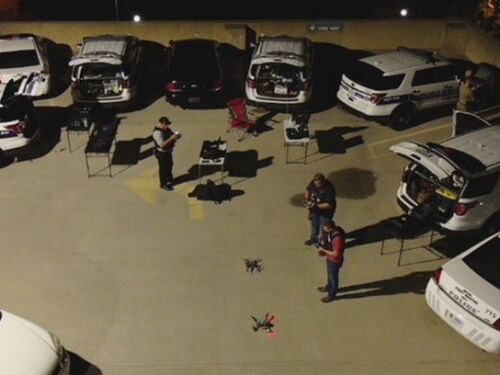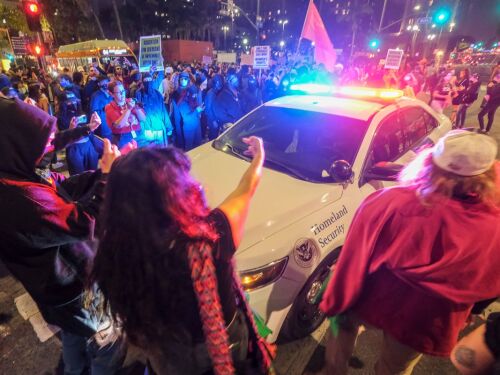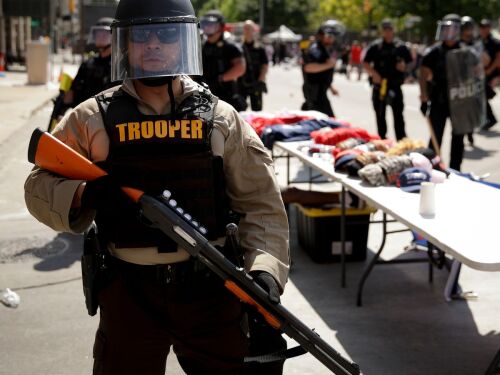By Police1 Staff
WASHINGTON — A recently published resource, “Twenty-first Century Protest Response: Promoting Democracy and Advancing Community and Officer Safety,” offers a comprehensive guide for local, state and campus law enforcement on managing protests effectively. (The full resource is available of this article.)
This guide, developed by the National Policing Institute and supported by the U.S. Department of Justice’s Office of Community Oriented Policing Services (COPS Office), outlines key strategies for protest preparedness and response.
The resource emphasizes the importance of engaging with community leaders and protest organizers well in advance of any planned demonstrations. Establishing communication channels and points of contact is crucial for understanding the community’s concerns and ensuring that law enforcement actions align with public expectations.
Key recommendations include developing clear policies for the use of body-worn cameras, ensuring transparency in police operations, and conducting thorough after-action reviews (AARs) to evaluate the effectiveness of response strategies. The guide also underscores the need for regular training on crowd psychology, de-escalation techniques and the National Incident Management System (NIMS) to ensure that officers are well-prepared for dynamic and potentially volatile situations.
The document also advises law enforcement agencies to collaborate closely with other local, state and federal agencies, as well as to engage in continuous dialogue with the communities they serve. This proactive approach is designed to prevent violence, reduce the need for arrests, and protect both officers and community members during protests.
Here is a summary of the key points in the resource:
1. Early engagement: Establish communication with community leaders and protest organizers well before any planned events to understand their concerns and goals.
2. Policy development: Implement clear policies on the use of force, body-worn cameras and transparency measures to ensure accountability during protests.
3. Training: Regularly train officers on crowd control, de-escalation techniques, and the National Incident Management System (NIMS).
4. Collaboration: Coordinate with other law enforcement agencies and community stakeholders to create a unified response strategy.
5. After-action reviews: Conduct thorough reviews of protest responses to learn from each event and improve future strategies.
Twenty-First Century Protest Response: by epraetorian on Scribd







